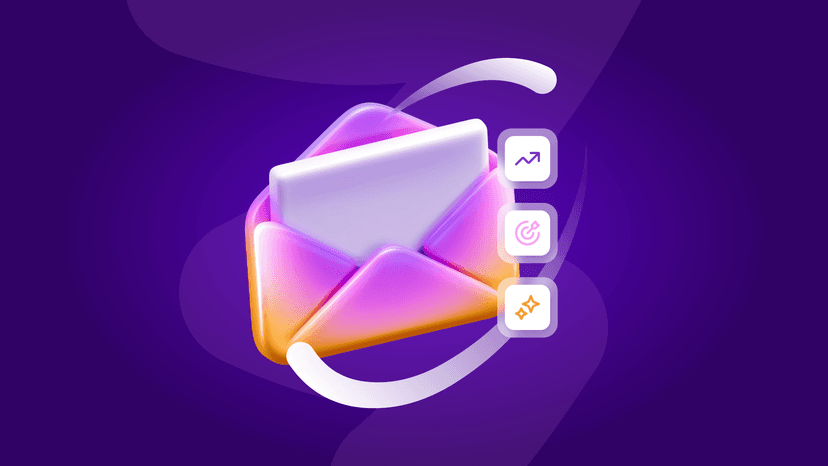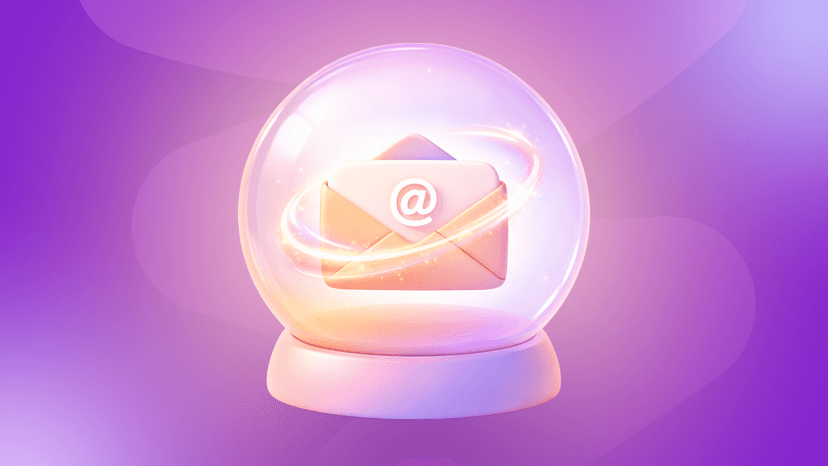Level Up Your SMS Marketing Strategy With MMS
Published on April 01, 2024/Last edited on April 01, 2024/7 min read
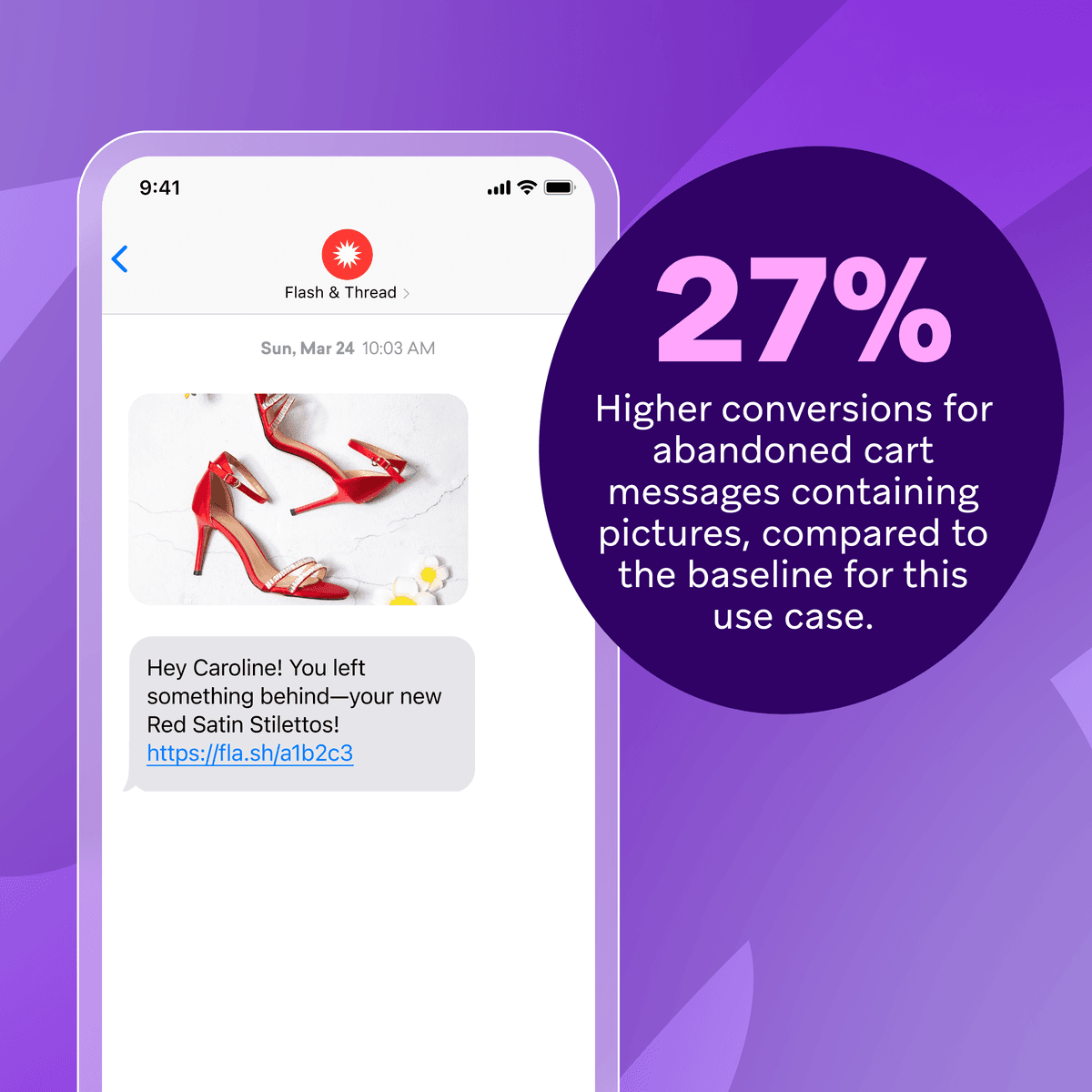

Lexie Haggerty
Senior Product Marketing Manager, BrazeWe’ve all received a compelling MMS campaign from one of our favorite brands. Maybe it was an abandoned cart campaign for that pair of shoes you had your eye on, or a flashy GIF announcing a new feature. And just like that, you’re back in the brand’s app or website, buying those sneakers or trying out that cool new feature for yourself. As consumers, we know that MMS messages work. But as a marketer, you may be wondering just how effective MMS campaigns actually are and when you should use them for maximum impact. To help out, we conducted some research and found that sending MMS drove a 68% uplift in sessions and a 74% uplift in purchases for our customers, compared to SMS. If you’re looking to uplevel your SMS marketing program by taking advantage of MMS messages, or you’re already sending MMS and want to fine-tune your strategy even further, read on to see how you can supercharge your SMS marketing strategy with attention-grabbing MMS messages that boost conversions.
The difference between SMS and MMS
Before we dive into MMS use cases and their effectiveness at driving key marketing metrics, let’s first discuss the basics.
What is SMS?
SMS stands for short message service. It is a messaging protocol that powers the P2P (peer-to-peer) and A2P (application-to-peer) sending of text-only messages up to 160 characters. SMS messages are delivered via mobile carrier networks, like AT&T or Vodafone.
What is MMS?
MMS stands for multimedia message service. These messages are delivered using the same infrastructure as SMS (over mobile carrier networks), but have a few key differences. As the name implies, MMS support not just text, but also multimedia like images and GIFs. Note: The terms “SMS,” “SMS marketing,” or “text message marketing” are terms often used to encompass both SMS and MMS messages. You can think of MMS as the cooler, older sister to SMS—same family, but MMS has the better clothes and hairstyle.
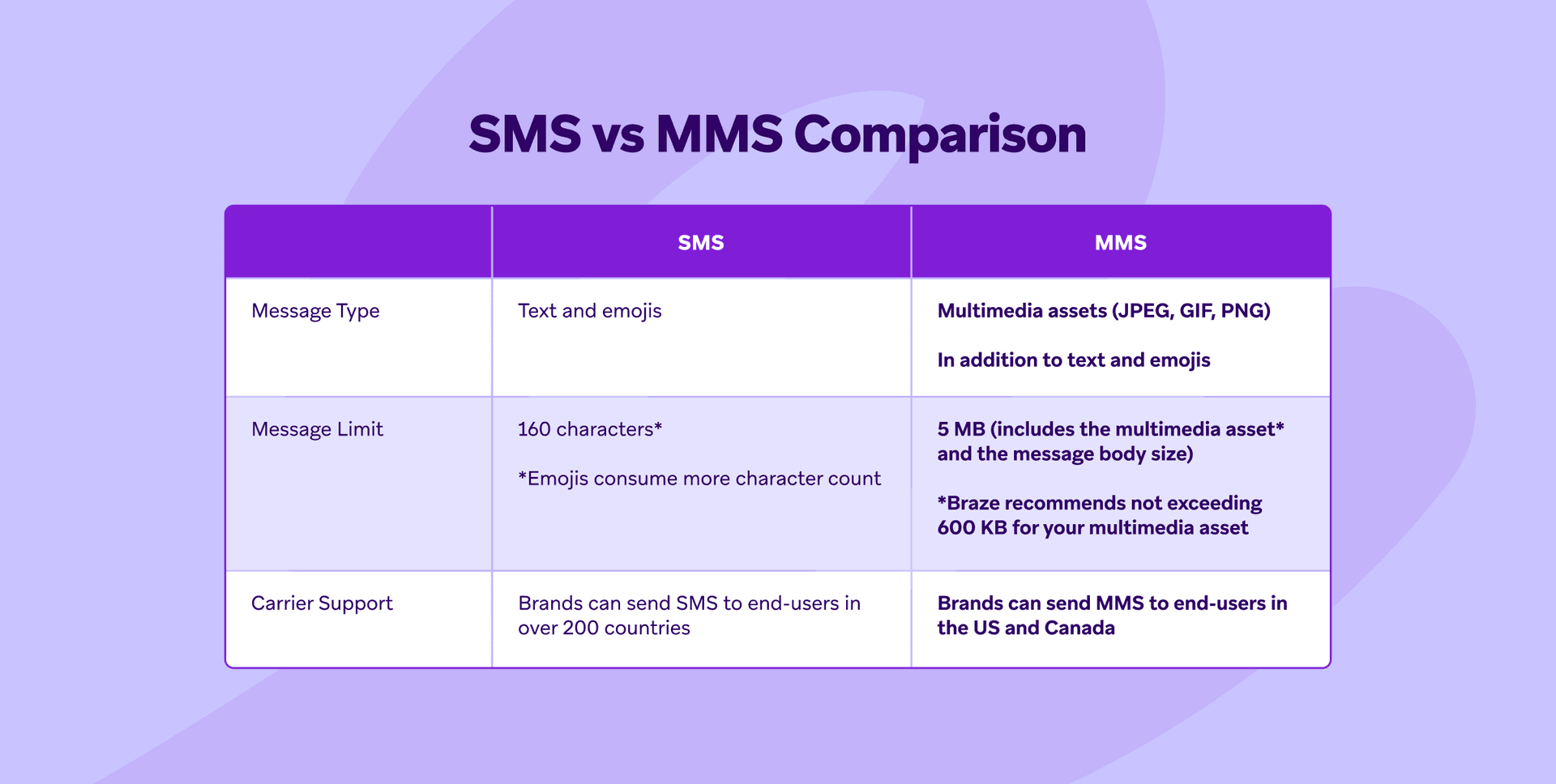
When to use SMS vs MMS
SMS and MMS can both be used effectively in your marketing campaigns and cross-channel journeys. MMS costs more than SMS to send, however, so it’s important to be strategic about when you do and don’t use MMS in order to optimize your spend and see maximum ROI. We’ve identified a few key use cases and instances where one format may be better than the other. Of course, every brand will have unique considerations—so if you’re ever wondering which message type to use, consider running an A/B test and comparing the uplift you see for key KPIs like click rate and conversion rate.
SMS Use Cases
Transactional Messaging
Transactional messages are typically straightforward messages about an existing interaction or account-related update, like an order status update, appointment/booking reminder, or fraud alert. For these types of messages, SMS can typically get the job done, because many transactional messages are designed to improve customer satisfaction and not necessarily to drive a specific action. If you are trying to drive a specific action, like updating a payment method or collecting customer feedback, consider pairing your call-to-action with a shortened link or leveraging 2-way SMS to capture a user response.
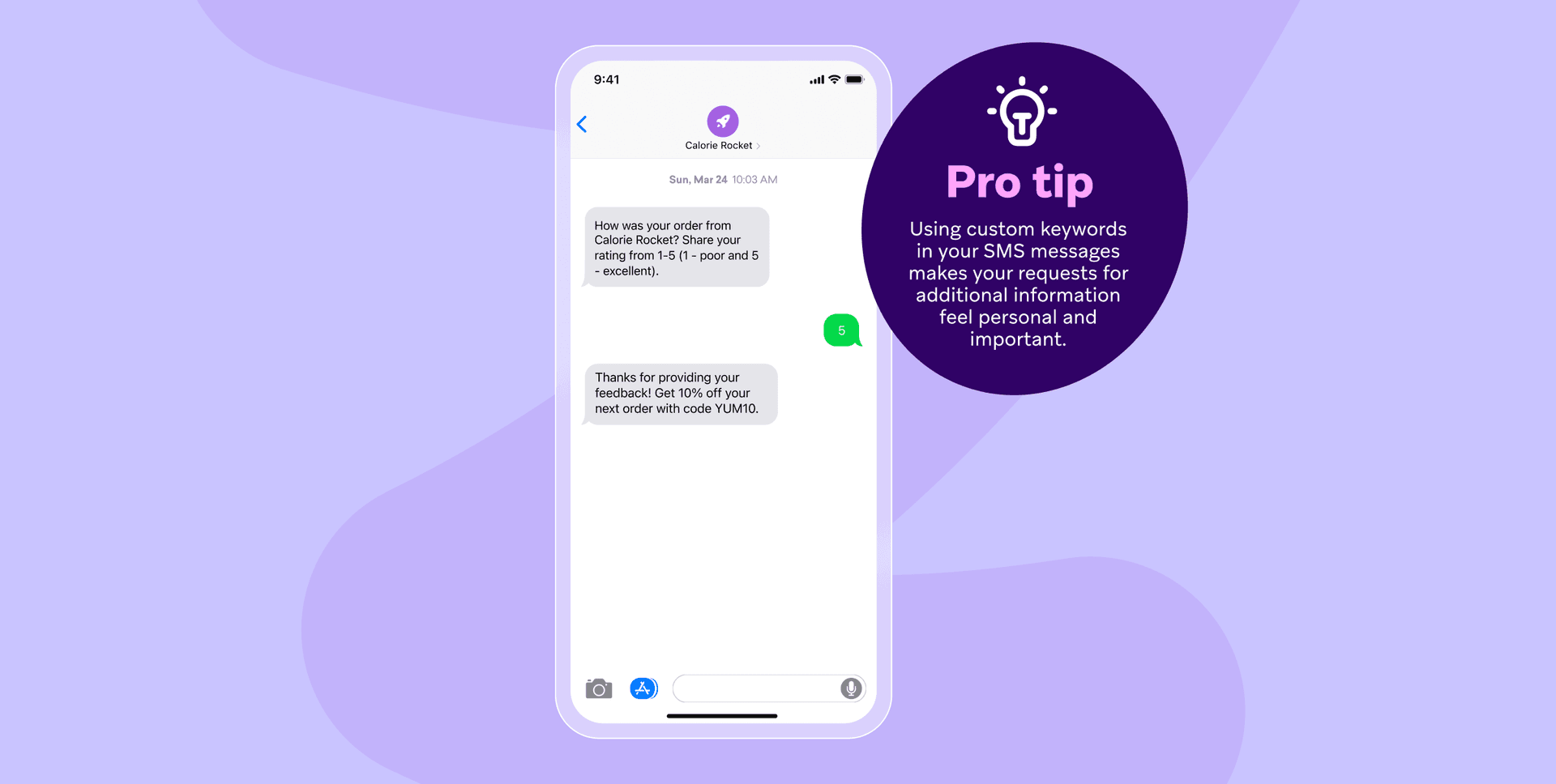
Sending to customers outside of the US and Canada
If you’re engaging audiences outside of the US and Canada, it’s best to stick with SMS. MMS is not supported by many international carriers, which means they’ll either be converted to SMS or potentially go undelivered.
When emojis will do the trick
If you’re looking to add a little flair to your message without upgrading to an MMS campaign, an emoji might be your best bet. For campaigns where you’re not highlighting a particular product or service, like welcome campaigns or referral campaigns, a thoughtfully crafted SMS with a fun emoji can catch your consumers' eye without the additional cost.
MMS Use Cases
Product or feature announcements
When you want to show off a new product or feature, MMS can be an effective way to capture your customers’ attention. If you’re running a cross-channel campaign, tie everything together by matching the image in your MMS to the imagery you’ve used on other channels, like email and social. This can help create a cohesive campaign and connect your MMS message to other promotions around the product or feature launch.
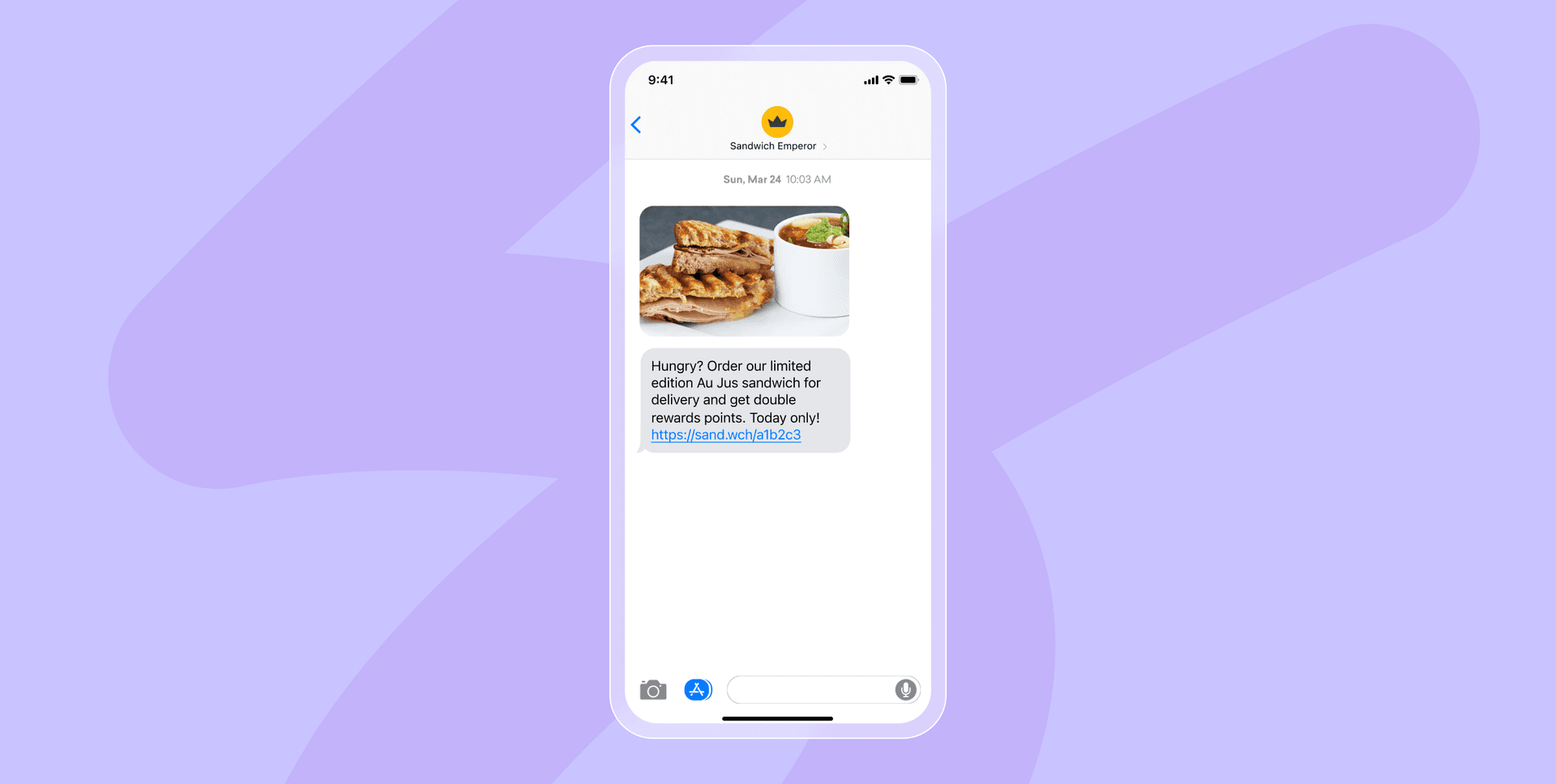
Personalized campaigns about a particular product or service
MMS campaigns are particularly effective when you're sending a message about a specific product or service that is relevant to the customer—for instance, an abandoned item, a recommendation, or a back-in-stock notification. Pair the image with a compelling call-to-action and a shortened link to drive the user back into your app or website to make the purchase.
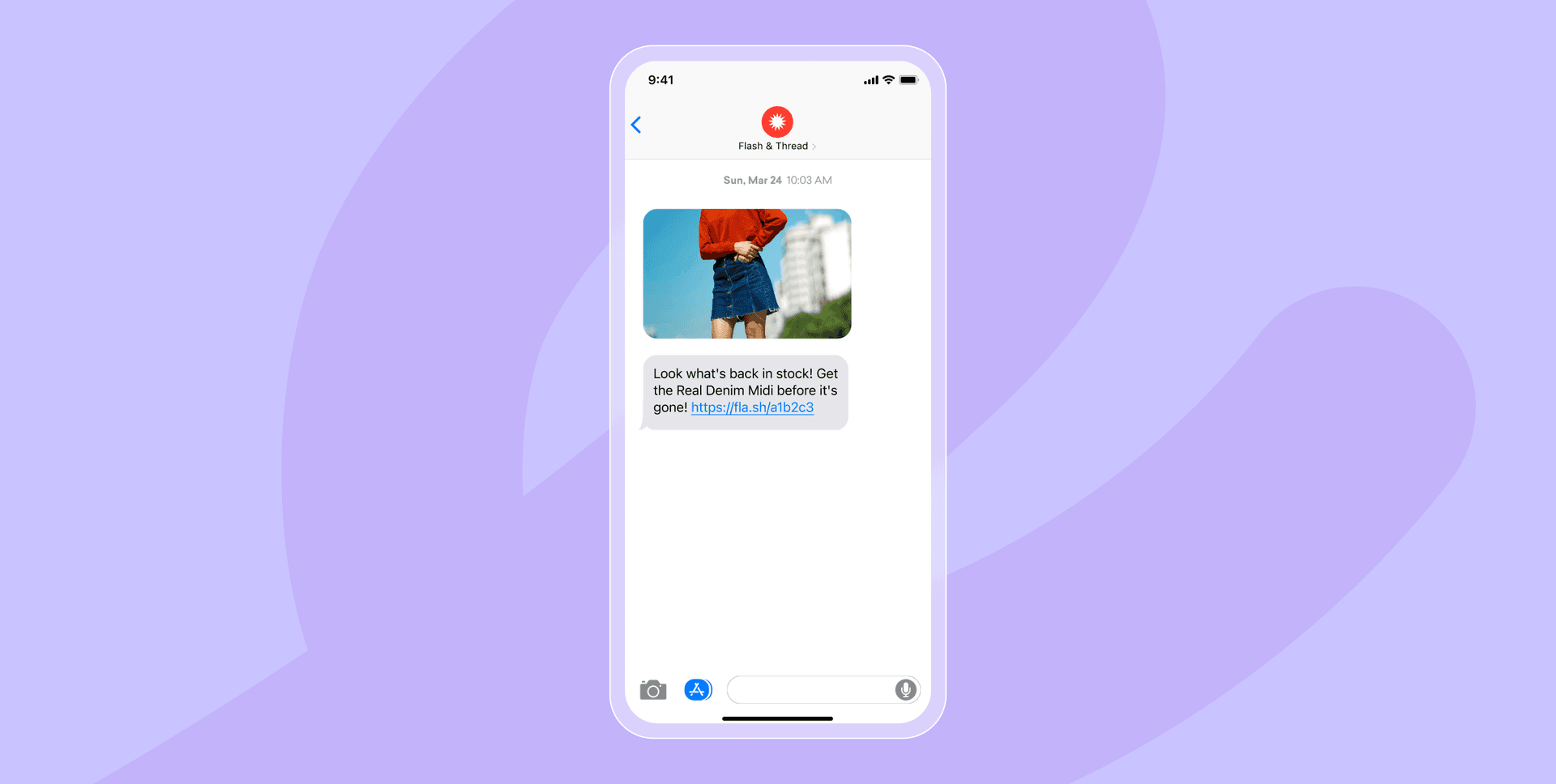
MMS Contact Cards
Contact Cards are a powerful way to keep your brand top of mind by prompting your customers to save your information on their phone, making it easier for them to tell at first glance that a given message comes from your brand. Sometimes known as vCard or Virtual Contact Files (VCF), they are a standardized file format for sending business and contact information that can be easily imported into address books or contact books.
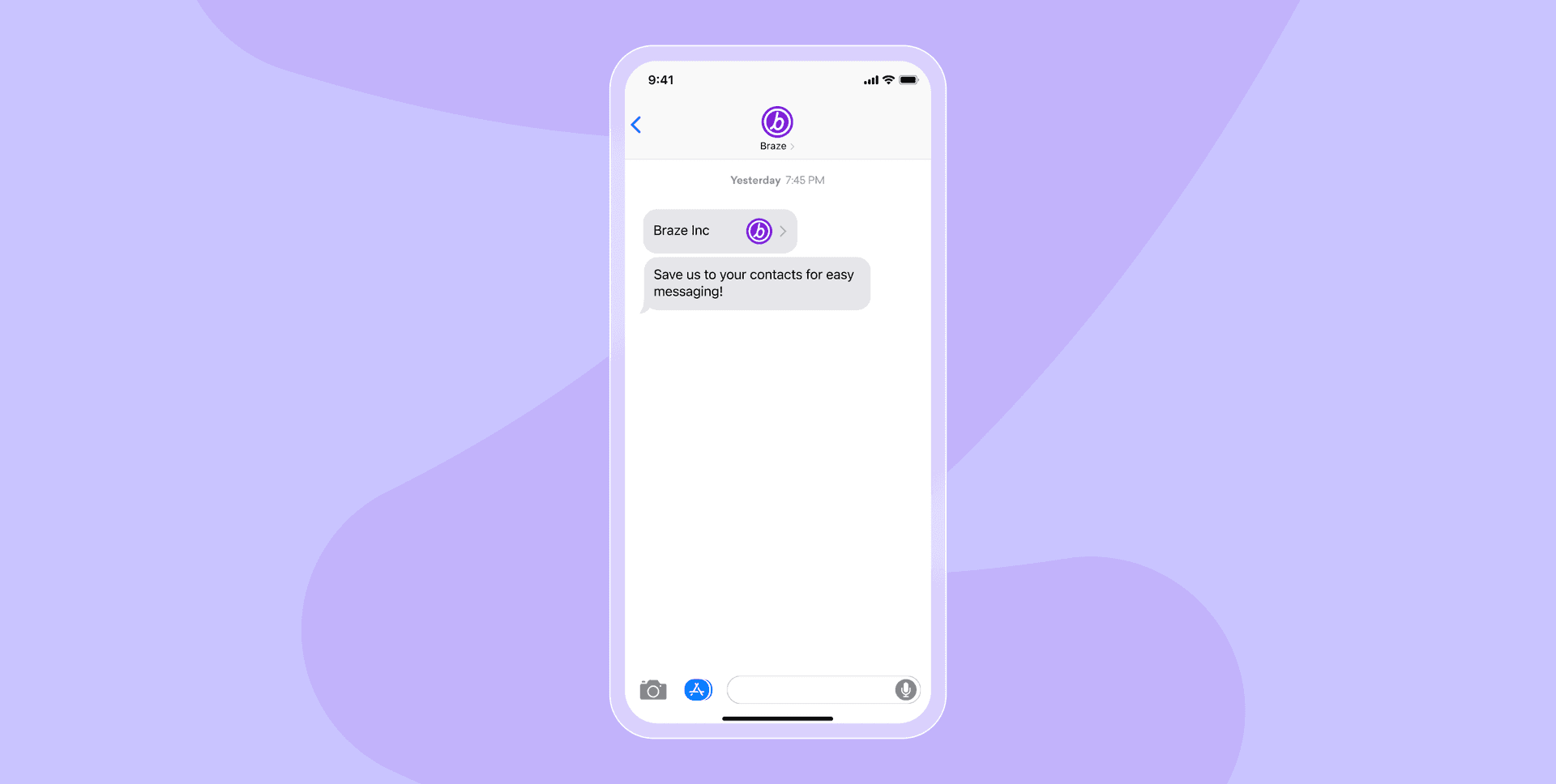
Brands can only send Contact Cards if they are using a sending phone number that is MMS-enabled.
How MMS campaigns can help boost your conversion rates
To determine the efficacy of MMS messages in driving incremental conversions, we analyzed MMS and SMS conversion data from 257 Braze customers across 11 industries.
Impact on sessions and purchases
We found thatsending MMS (versus SMS) drove a 68% uplift in sessions and a 74% uplift in purchases across all industries, but the impact really stood out for QSR, OnDemand and Retail and eCommerce. It makes sense—if you receive a mouthwatering image of a new menu item or an image of a product you’ve been eyeing for a while, you’ll probably be more motivated to go back to the app or website to check it out.
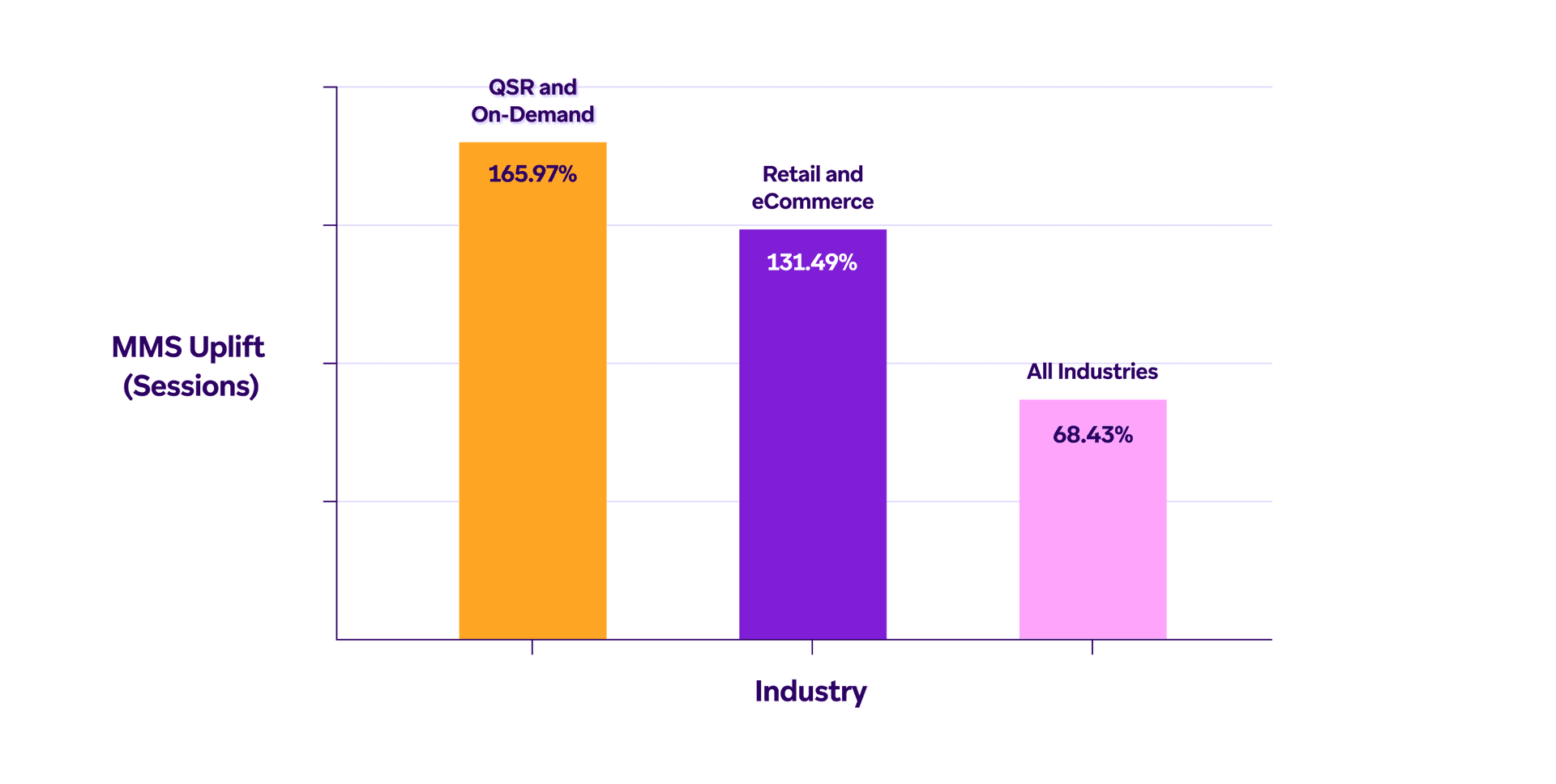
But MMS isn’t only effective at driving increased sessions in industries that sell products. It can also be an effective way to get more users back into your app or website to monetize them in a different way, like garnering more impressions or driving habitual behaviors that lead to more stickiness with your brand.
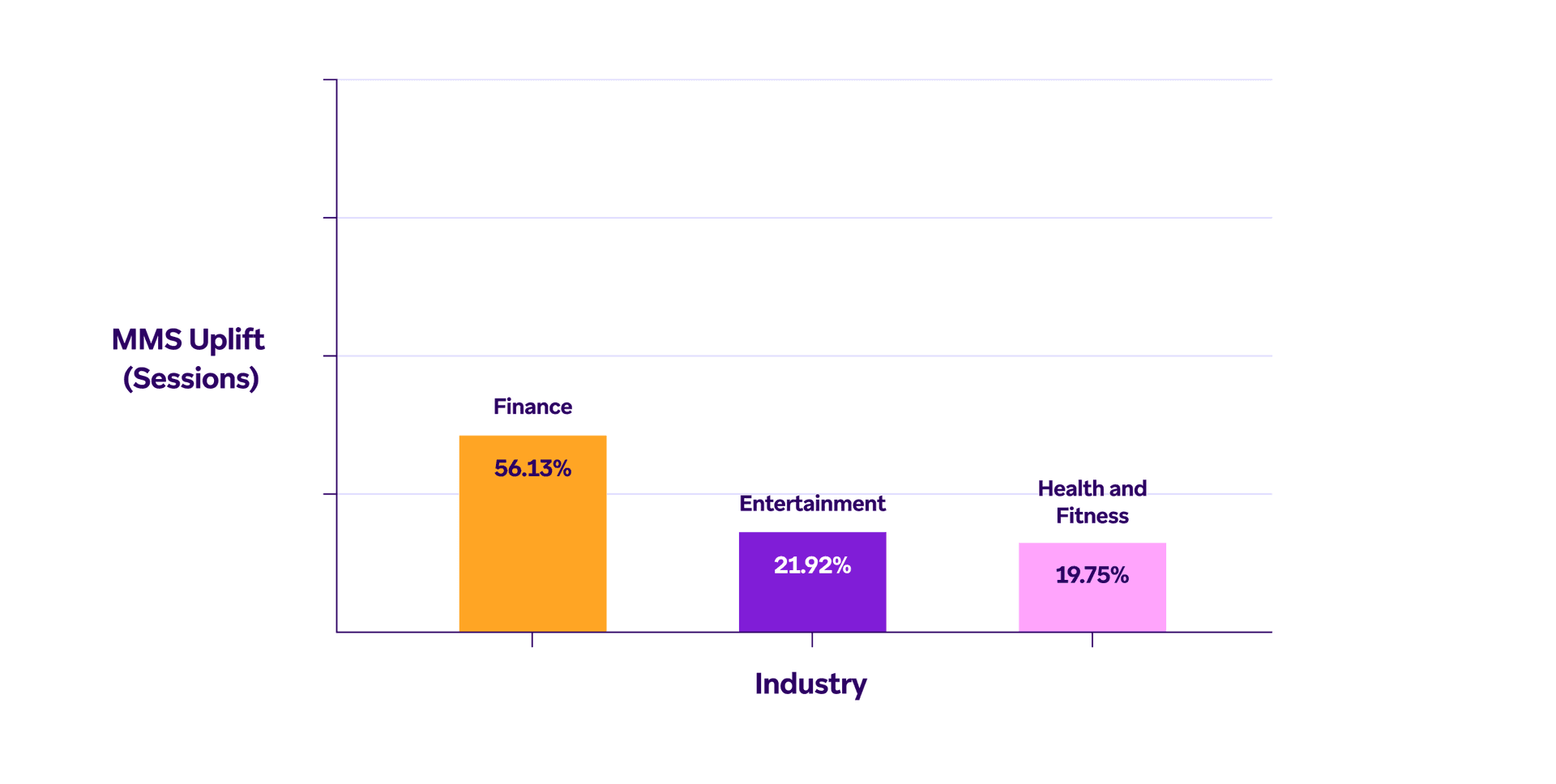
MMS is also a strong vehicle for driving incremental purchases, with an overall uplift of 74% compared to sending SMS. The industry standout? Retail and eCommerce had an impressive 118% uplift in purchases compared to SMS.
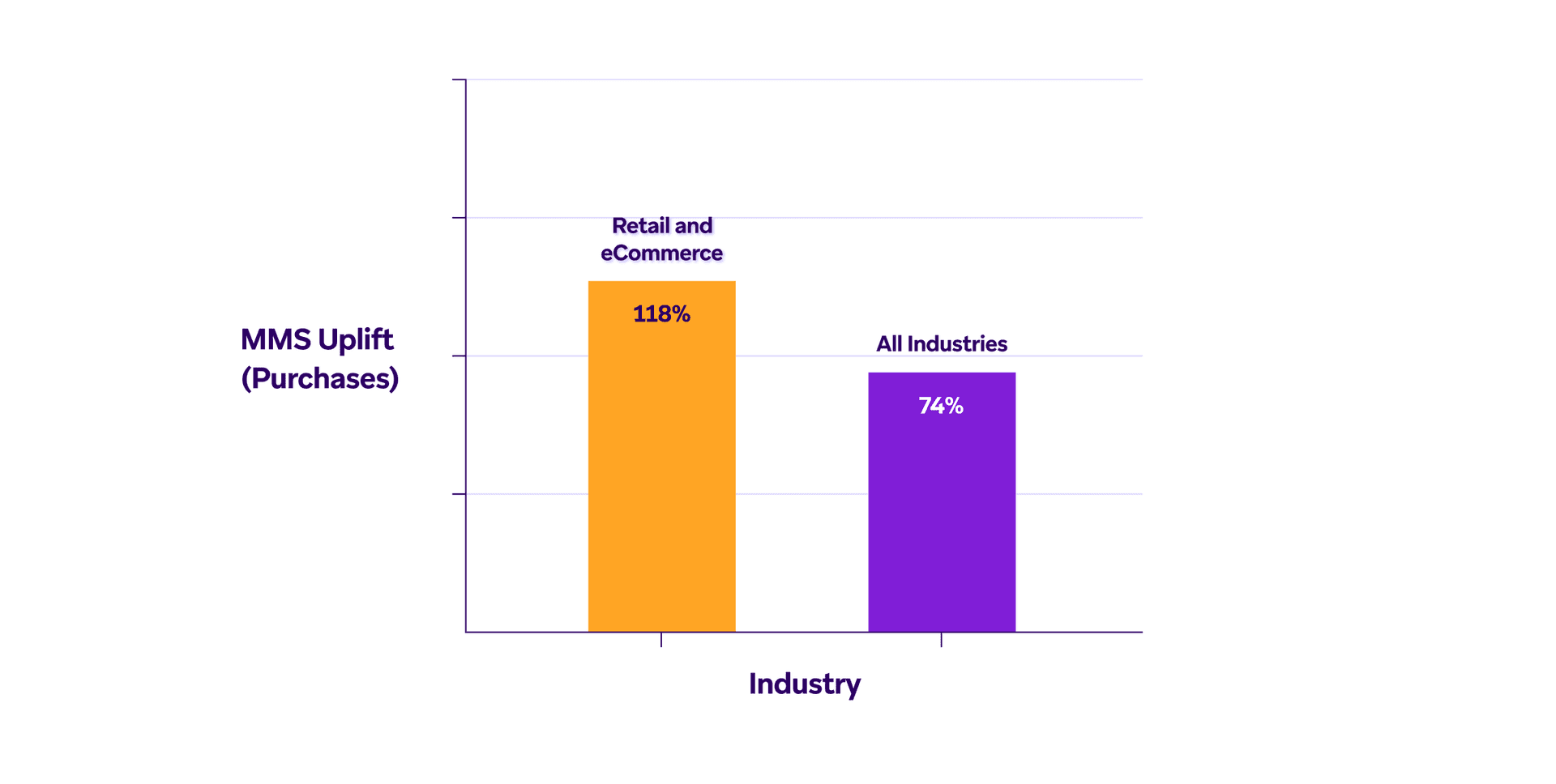
While MMS can be effective for activation, monetization, and retention, we also found it to be a strong vehicle for reactivation, boasting a 144% uplift versus SMS for lapsed user campaigns. Our hypothesis? An attention-grabbing image reminding a lapsed customer about your brand’s products and services could be just what they need to remember why they became a customer in the first place.
Key Takeaway
If you’re looking to uplevel your SMS marketing program to drive more sessions and purchases, consider adding MMS to the mix. Of course, every brand will have unique considerations for each use case and campaign, so if you’re ever in doubt about whether SMS or MMS is the better play, we recommend a quick A/B test to help you understand conversion rates and ROI for your SMS and MMS campaigns. Looking for more tactical tips and guidance on how to build a best-in-class SMS program? Check our Getting Started with SMS Guide.
Methodology: We analyzed SMS and MMS campaign data from 257 customers across 11 industries from January 1, 2023 - December 31, 2023. We filtered campaign types by conversion criteria and message copy. All metrics have been cleaned using messaging volume and company count checks so that no one brand or group of brands is over-represented. The customer and industry count are totals for MMS, but each specific statistic may include fewer customers and companies based on the conversion and campaign criteria. Session start rate is defined as customers who used the app after receiving a message.
Related Tags
Be Absolutely Engaging.™
Sign up for regular updates from Braze.
